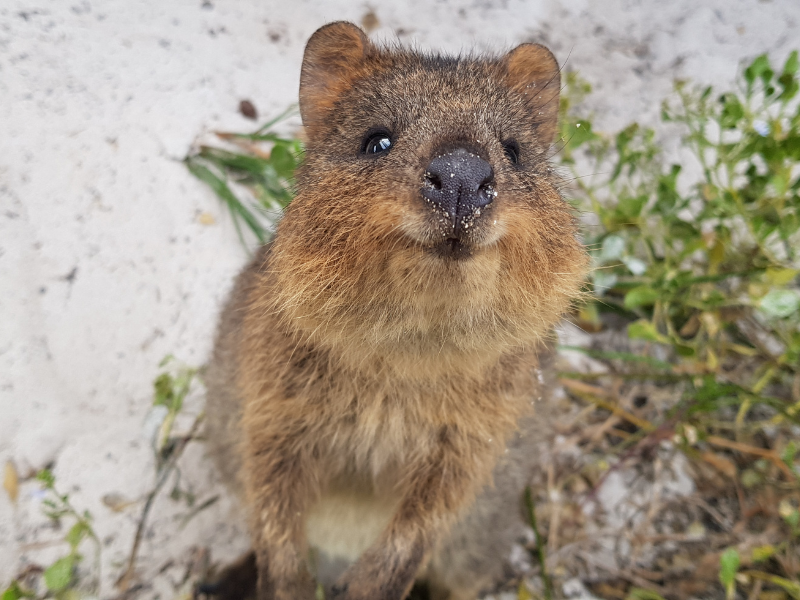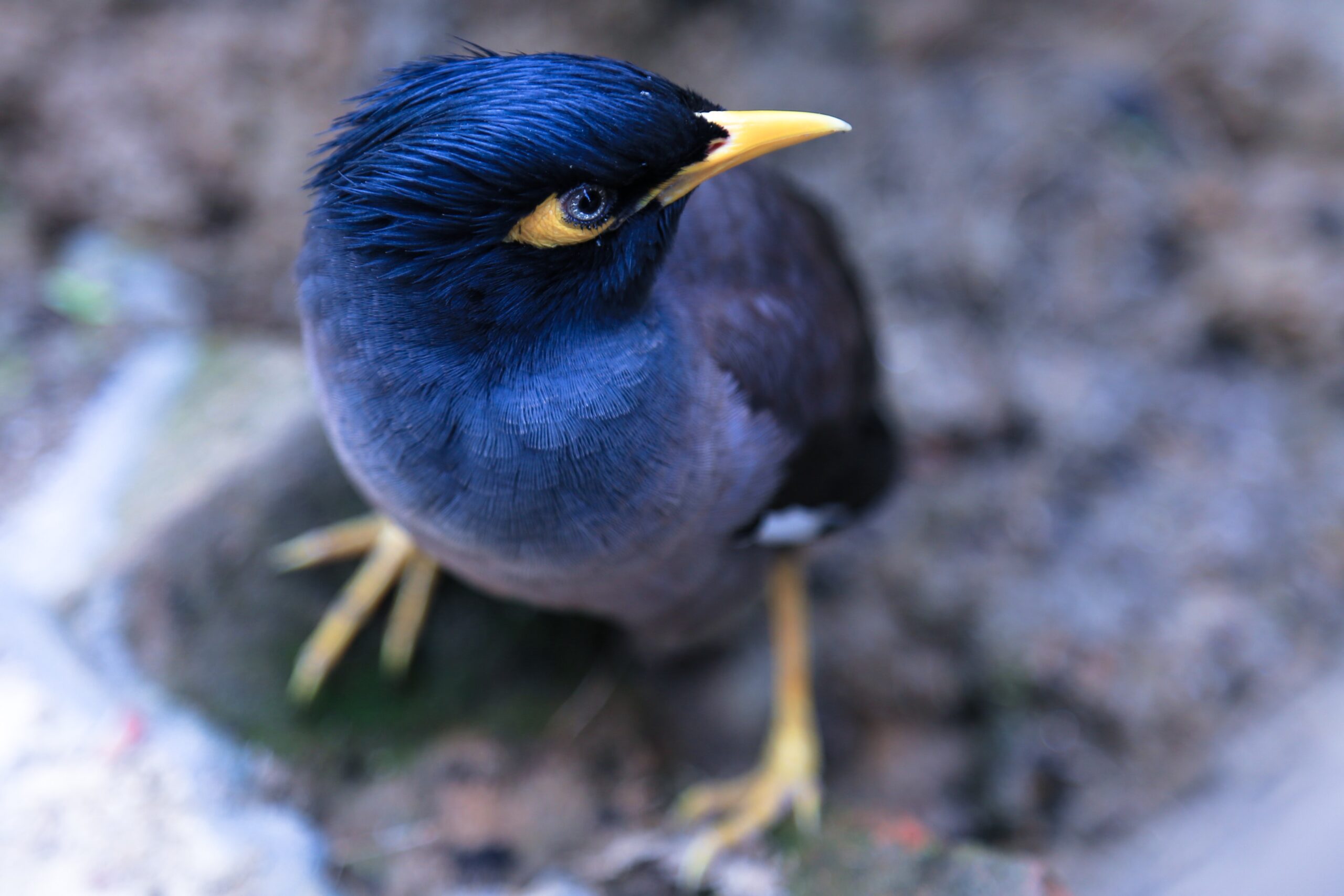Curious Creatures Curriculum Activity
Suitable for Secondary (Years 7-10)
Victorian Curriculum Links:
Science
7-8: (VCSSU091)
9-10: (VCSSU120)
Activity Description
The Curious Creatures activity highlights the diversity of living things and the features and adaptations that aid their survival. Each creature has evolved through natural selection to survive in their environment. Students are invited to reflect upon the diversity of species in our world, matching each animal with a clue about a unique feature of that animal.
Key Concepts
Biodiversity, Species, Adaptation, Evolution, Habitats, Environmental Change
Key Learning Intentions
1. Students will be able to describe the use of animal body parts for different purposes
2.Students will be able to explain how particular adaptations aid survival
3. Students will be able to explain how changes in the environment can impact on living things
Suggestions for Assessment
Formative
1. Participation in the Curious Creatures activity
2.Completion of the Discussion questions above
Instructions
Please note – This activity requires a set of Curious Creature cards which can be purchased here.
1. Facts and Animals
Hand out fact cards to each person in the group. Have everyone read theirs aloud and see if anyone can make a guess as to what animal the card is describing. Have a look at the animal cards. Which clue do you think matches with what animal? Refer to the back of the animal card for more information and to find out if you were correct.
2. Discussion
- Describe how particular features and adaptions of these creatures aid their survival
- Classify the different animals based on similarities and differences in particular features
- Sharks date back to over 400 million years ago. How might these creatures have evolved and survived through natural selection?
- How do human activities affect biodiversity and what are the consequences?
Suggested ResourceSmart Schools Module Links
Undertaking the activity as described above links to the ResourceSmart Schools Biodiversity Module – actions B1.2, B1.3, B1.4
Below is a list of extension activities that link to additional actions of the Biodiversity module:
- Conduct an animal survey within the school grounds, a local park, reserve or at CERES Environment Park and record the findings (ResourceSmart Schools Biodiversity Module – actions A1.3, B1.1, B1.3)
- Students take note of the different bird beak types that exist within their local area, and observe which beaks function for what purpose (ResourceSmart Schools Biodiversity Module – action B1.3)
- Students liaise with a local Friends Group or wildlife organisation to plan and develop an indigenous garden that attracts native animals (ResourceSmart Schools Biodiversity Module – actions A3.3, C3.1, C3.3)
- Students select and research one of the curious creatures and write a report classifying the species, evaluating and interpreting evidence of its evolution over time; including fossil records, chemical and anatomical similarities, and geographical distribution (ResourceSmart Schools Biodiversity Module – actions B1.1, B1.3)
- Students develop a campaign, using various media (newsletters, websites, videos, etc.) to raiseawareness for the protection of a local species of plant or animal in the community (ResourceSmartSchools Biodiversity Module – actions C1.1, C1.3, C3.3)
Related activities
Biomimicry Design Curriculum Activity
Biodiversity Activity | Yrs 7-10
Curious Creatures Curriculum Activity
Biodiversity Activity | Yrs 7-10
Wetlands Food Web Curriculum Activity
Biodiversity Activity | Yrs 7-10








